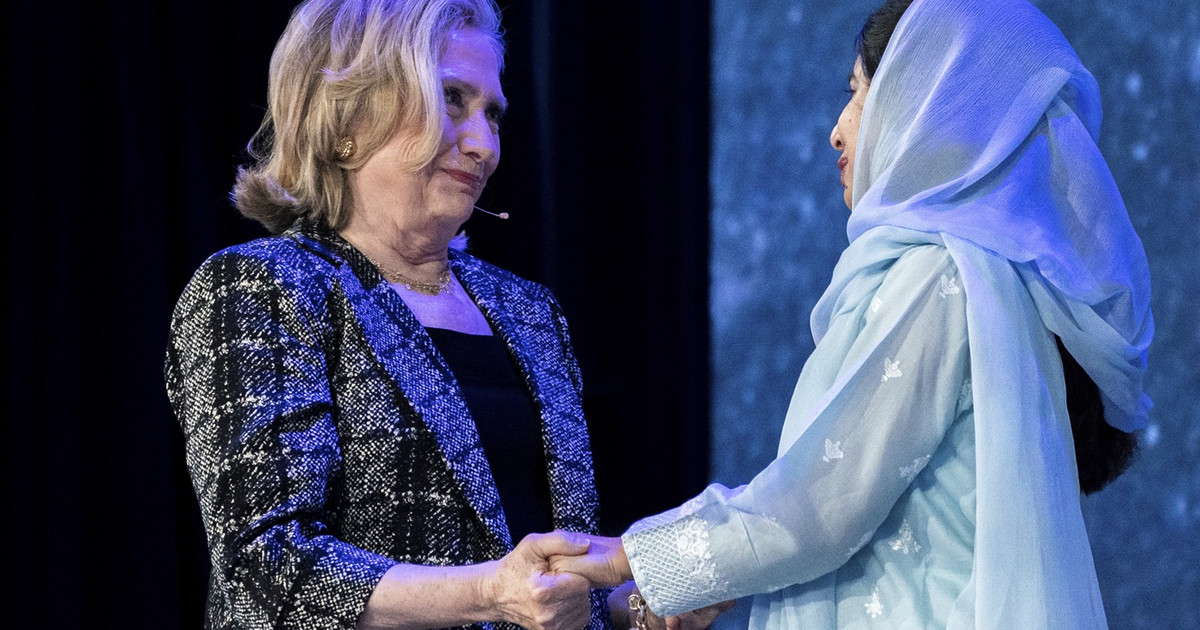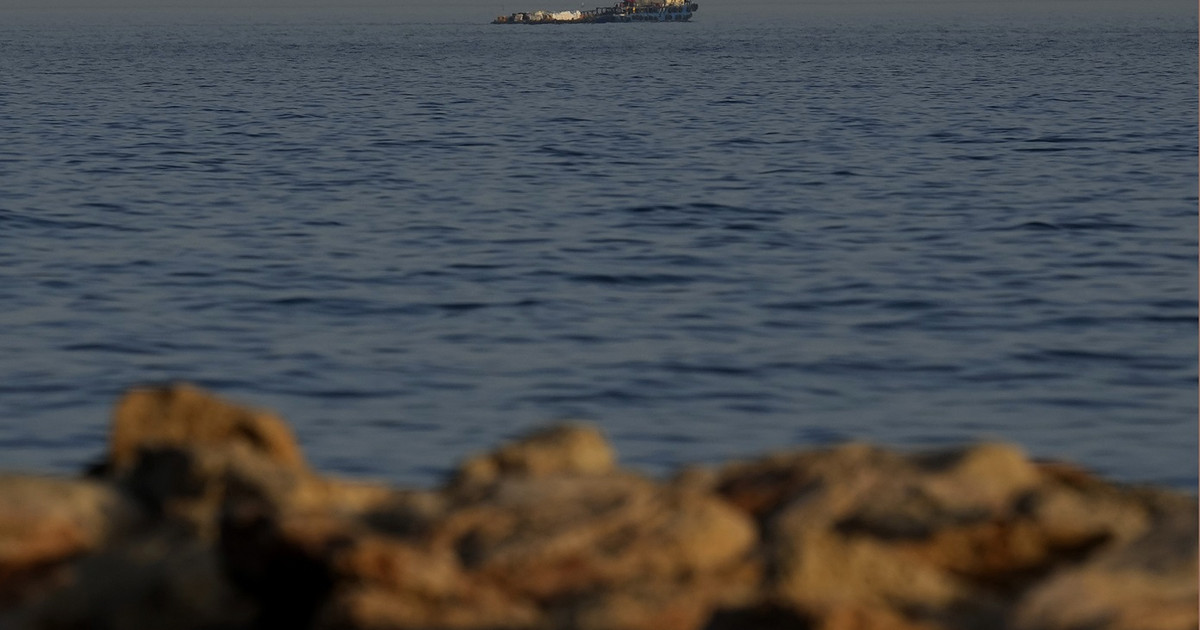The agreement includes the ten members of Southeastern Asian Nations, making up to nearly a third of the world’s population, making a gross domestic product of 29% globally. Although India was also a member, it has stepped back from it over concerns of lower tariffs.
The RCEP is expected to be signed on the sidelines of the online-Asian conference this weekend.
The Purpose of the Pact
It is expected that RCEP will eliminate a range of tariffs that were imposed over imports within 20 years, including providing telecommunications, intellectual property, professional services, e-commerce, and financial services.
But the new “rules of origin” that officially defines the origin of the product might impact the most.
Although many member states have FTA with each other, they also have limitations.
“The existing FTAs can be very complicated to use compared to RCEP,” quotes Deborah Elms through Asian Trade Centre.
Tariffs might be imposed on global supply chains’ businesses despite having the FTA as the product’s components might be imported. For example, if an Indonesian product has some Australian parts, it might face a tariff on the ASEAN-Free trade zone.
The companies within RCEP might get some incentive to look within the trade region of suppliers as here parts from any member nation that is a member will be treated equally.
Although RCEP was initially an ASEAN initiative, many considered China-backed it, but it is an alternative to the TPP, which included many Asian countries but excluded China.
The twelve-member states signed the TPP in 2016 before Donald Trump removed the U.S in 2017.
The rest of the eleven signatories have made the pact known as the Comprehensive and Progressive Trans-Pacific Partnership or CPTPP.
The CPTPP, although having a few members, further removed the tariffs and added provisions for both the labor and the environment compared to RCEP.
At an online event at the Peterson Institute of International Affairs that, “There’ll be some hoopla about the signing and the entry into force of RCEP. I mean RCEP is a really low ambition trade deal. We shouldn’t kid ourselves.”
Current Collaboration and Diplomatic Relationships
RCEP brought together countries having complicated Diplomatic relationships like Japan and China. China and Australia will also be signing the deal despite the reports of China boycotting a few Australian imports over political reasons.
“You can both co-operate with someone and just loathe them, even as a human being. RCEP has done an impressive job of separating itself from other things,” pointed out Ms. Elms.
Due to this year’s elections, international trade was far lower. Also, Joe Biden hasn’t made any clear statement on whether his trade policy will change much or whether he will change the decision and reintroduce U.S in the TPP.
The RCEP mega-pact included China but not the U.S. It was finalized at the online ministerial meeting on November 11. And will conclude on the last day of the 37th ASEAN summit.
“All RCEP participating countries have concluded negotiations and will sign the RCEP agreement this Sunday,” Malaysia’s international trade and industry minister Mohamed Azmin Ali stated. “After eight years of negotiating with blood, sweat and tears, we have finally come to the moment where we will seal the RCEP Agreement.”
It might leave the U.S decayed after the significant trade agreements. Although they would welcome Biden to rejoin the team, there is a meager chance of this since it has free trade deals on all sides of the U.S.
The present U.S administration has neglected the financial competition it has with China as the U.S tends to have meaning-less disputes of trade within its region, which has only sabotaged its goal of competing with China in its territory.
Ankit Panda, the diplomat’s former editor, stated that; “a reminder that big things are happening – and will continue to happen – in Asia, with or without the United States.”
I’m Ava Paul, an experienced news website author with a special focus on the entertainment section. Over the past five years, I have worked in various positions of media and communication at World Stock Market. My experience has given me extensive knowledge in writing, editing, researching and reporting on stories related to the entertainment industry.

.jpeg)
.jpg)



